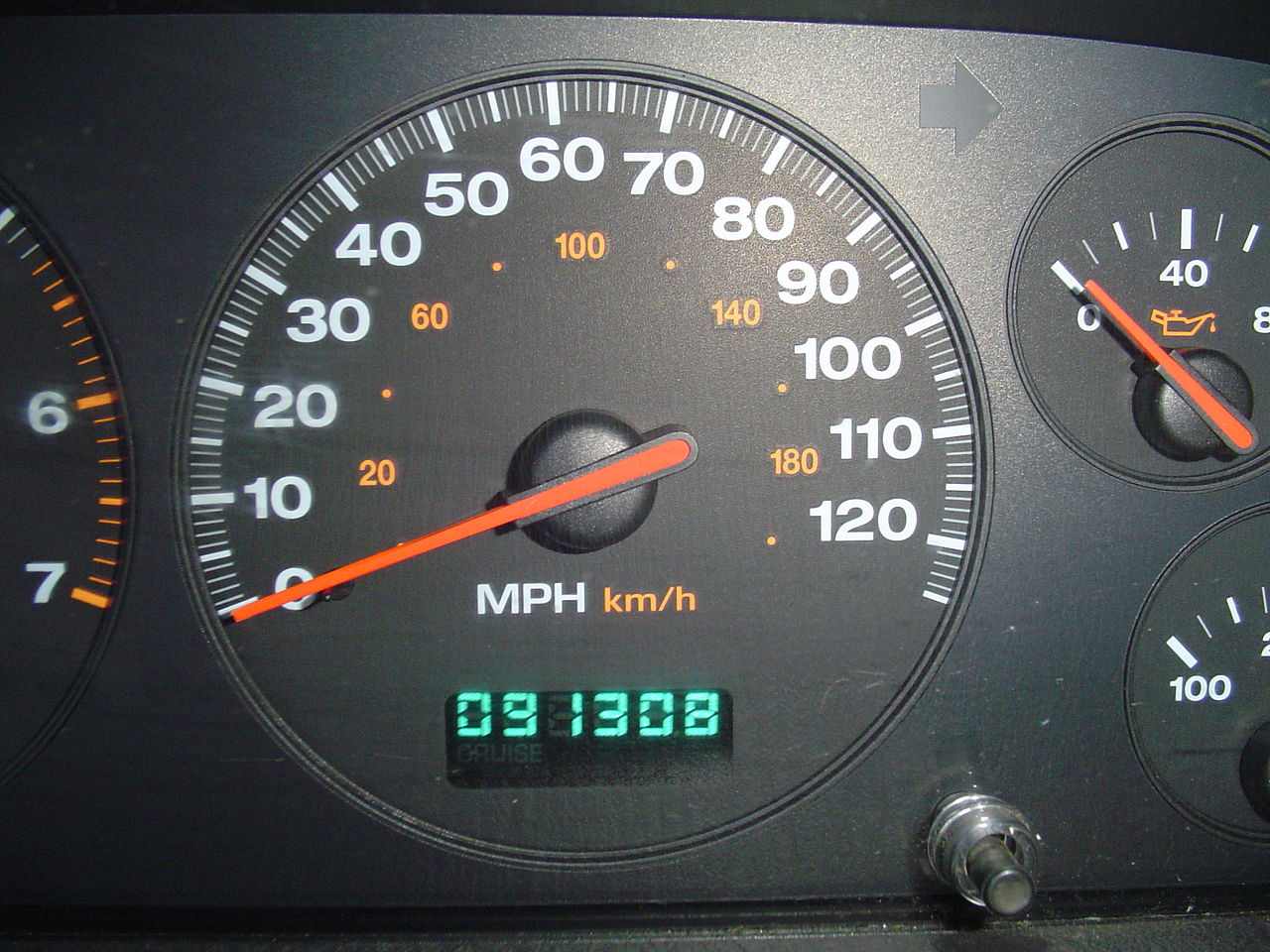Do you use a vehicle for business? Ever struggled with calculating how much you could claim? If so, then read on.
There are a couple of methods for calculating motor expenses: Mileage Rates or Actual Costs. It’s important to remember that whatever method chosen must be maintained for the lifetime of that vehicle, you can’t change between methods, so choose wisely.
With both methods you should keep good records of any business usage. This should show that the costs you are claiming are only for business related journeys. And unless your home is also your place of work then travelling to/from work and home is excluded.
Method 1: Mileage Rates
This is the simplest method but bear in mind that it can only be used if your turnover is below the VAT threshold.
You must keep a record of all business journeys so that you can calculate the allowable figure for your Tax Return. This should include the date of travel, where you went to, the mileage covered and the purpose of the journey.
HMRC approved mileage rates are regularly reviewed and can be found on their website here. The rate for the first 10,000 miles is higher as this includes an element of wear and tear on the vehicle.
To calculate the amount you can claim take the number of business miles travelled and multiply it by the rate per mile.
Although Capital Allowances can’t be claimed when using this method the interest payable on any loan used to buy the vehicle IS allowable.
Method 2: Actual Costs Method
Again, records of all motoring costs should be kept but this time you should be including servicing, MOT, insurance, repairs, fuel, road tax and breakdown membership.
As before you can only claim for the business use so you should multiply the total motoring costs by the percentage of business use of the vehicle.
As well as running costs you can also claim Capital Allowances (basically a method for calculating depreciating for tax purposes – a way of writing off the cost of an asset over a period of years). The CO2 emissions of the car (found on the registration document) determine the amount of writing down allowance that can be claimed.
e.g. Car value = £20,000 (this is either the cost of the vehicle or the value of the vehicle when it was introduced into the business) CO2 emissions = 151g/km 80% business use £20,000 x 20% = £4,000 writing down allowance Remember though that the car is also used privately and the business usage was 80% so £4,000 x 80% = £3,200 reduced capital allowance.If in doubt or require any further information then please contact us.


